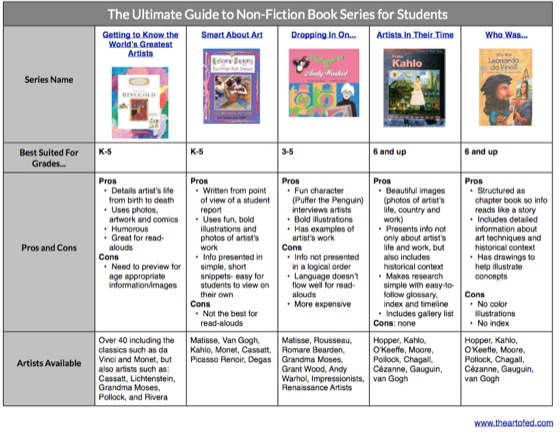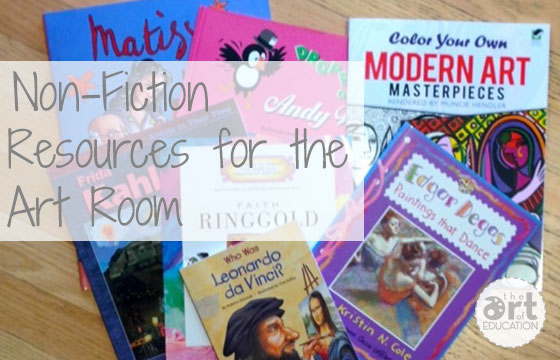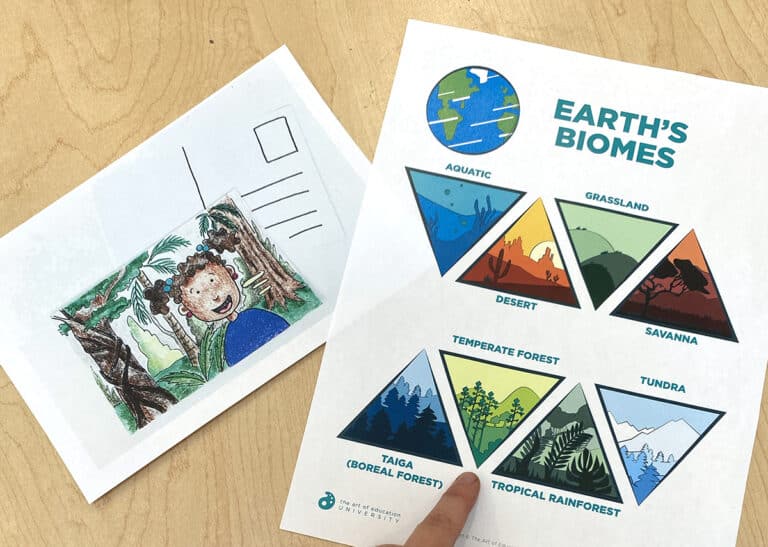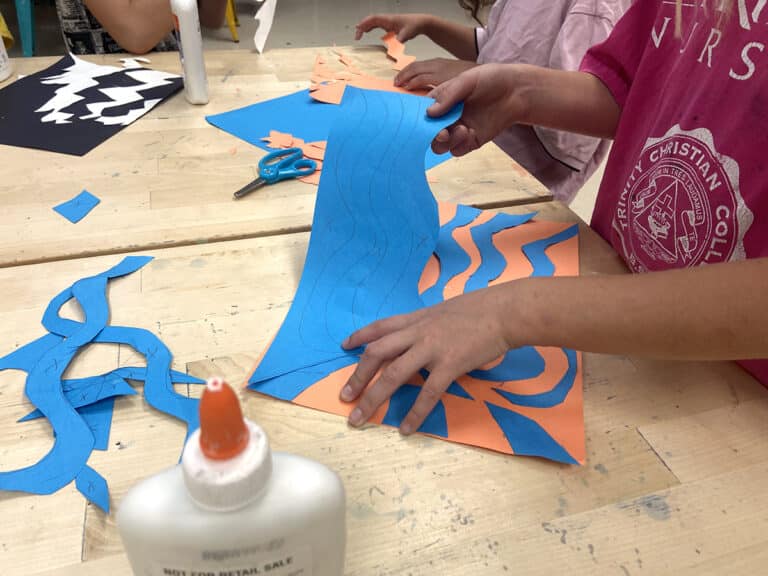We’ve talked a lot on AOE about great books for your art room. From fun stories for students like Skycolor to valuable teacher resources like The Artistic Edge, we love to bring you the latest and greatest in art ed literature. Today, however, I’d love to turn the focus to something we haven’t covered before, non-fiction literature for students.
Using non-fiction in the art room can be useful in so many ways. You can use a non-fiction book to introduce a concept, project, or artist, assign non-fiction reading for an assignment, or even put age-appropriate non-fiction literature at your free choice station. Over the next two days, we’ll be talking about all things non-fiction to help you find some truly great resources. Today’s focus will be on a variety of non-fiction book series. Tomorrow, we’ll focus on magazines and websites. There will even be a give-away. Read on!
When looking around for non-fiction resources for students, I came across some old favorites as well as some series I had never heard of before. I was able to get my hands on an example of each so I could provide you with a thorough review. See what I thought of each series below, and be sure to download the handy PDF for future reference!

1. Getting to Know the World’s Greatest Artists
Best for grades K-5
We’ve featured this book series before on AOE, but I still wanted to mention it for anyone that hasn’t seen it yet. The books are short and filled with fun facts about artists. Comics are interwoven with real photographs of the artists and their work making them a great choice for read-alouds or for students to read on their own.
2. Smart About Art Series
Best for grades K-5
Each book in this series is written from the point of view of a student creating an artist report. Information is in snippets and mixed with a variety of images making it easily accessible for students. In addition to photographs of the artist’s work, there are also many simple hand-drawn images, which would appeal to this set’s younger audience. A fun addition for a classroom.
3. Dropping in On Series
Best for grades 3-5
To me, this book series is just OK. While the idea seems engaging (a penguin named Puffer interviews famous artists) and the colorful illustrations appeal to young students, something about the writing seems a bit jumbled and unfocused to me. These might be a nice set of books to read parts of to introduce concepts or artists or perhaps to have for students to look at during free time.
4. Artists in Their Time Series
Best for grades 6 and up
This book series is beautiful. Organized chronologically, each page has short pieces of text about the artist’s life and work. Information about the world at the time the artist was working is also brought in to build context. Filled with beautiful photographs of both the artists and their artwork, these books would make a fantastic addition to any classroom library. As a bonus, the books are organized extremely well with a glossary of terms, timeline and index, making them a great choice for students to use for an artist report.
5. Who Was Series
Best for grades 6 and up
Composed like a chapter book, I was blown away by the amount of information included in this series. Students not only learn about the artwork of a particular artist, but also in depth information about his or her life, art techniques and historical context. Black and white drawings are interspersed throughout the text, making for more engaging reading.

Not sure which series to order for your art room? Download the handy comparison chart above for future reference and be sure to enter the give-away! We’re giving away one book from each series plus a few extra goodies. Happy Reading!
Have you used any of these books in your classroom? Are there any series we missed?
Has anyone used the videos that go with the Getting to Know or Dropping In On Series? We’d love to know your opinion!
Magazine articles and podcasts are opinions of professional education contributors and do not necessarily represent the position of the Art of Education University (AOEU) or its academic offerings. Contributors use terms in the way they are most often talked about in the scope of their educational experiences.




